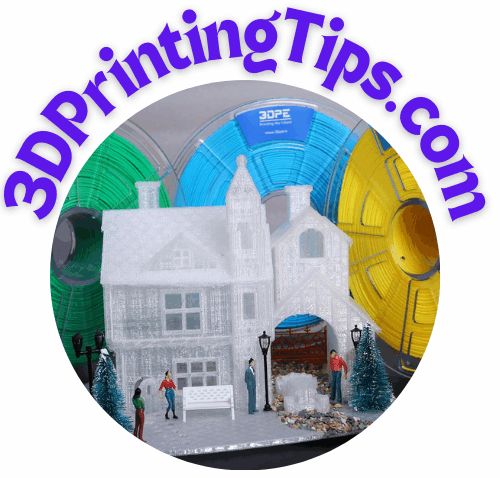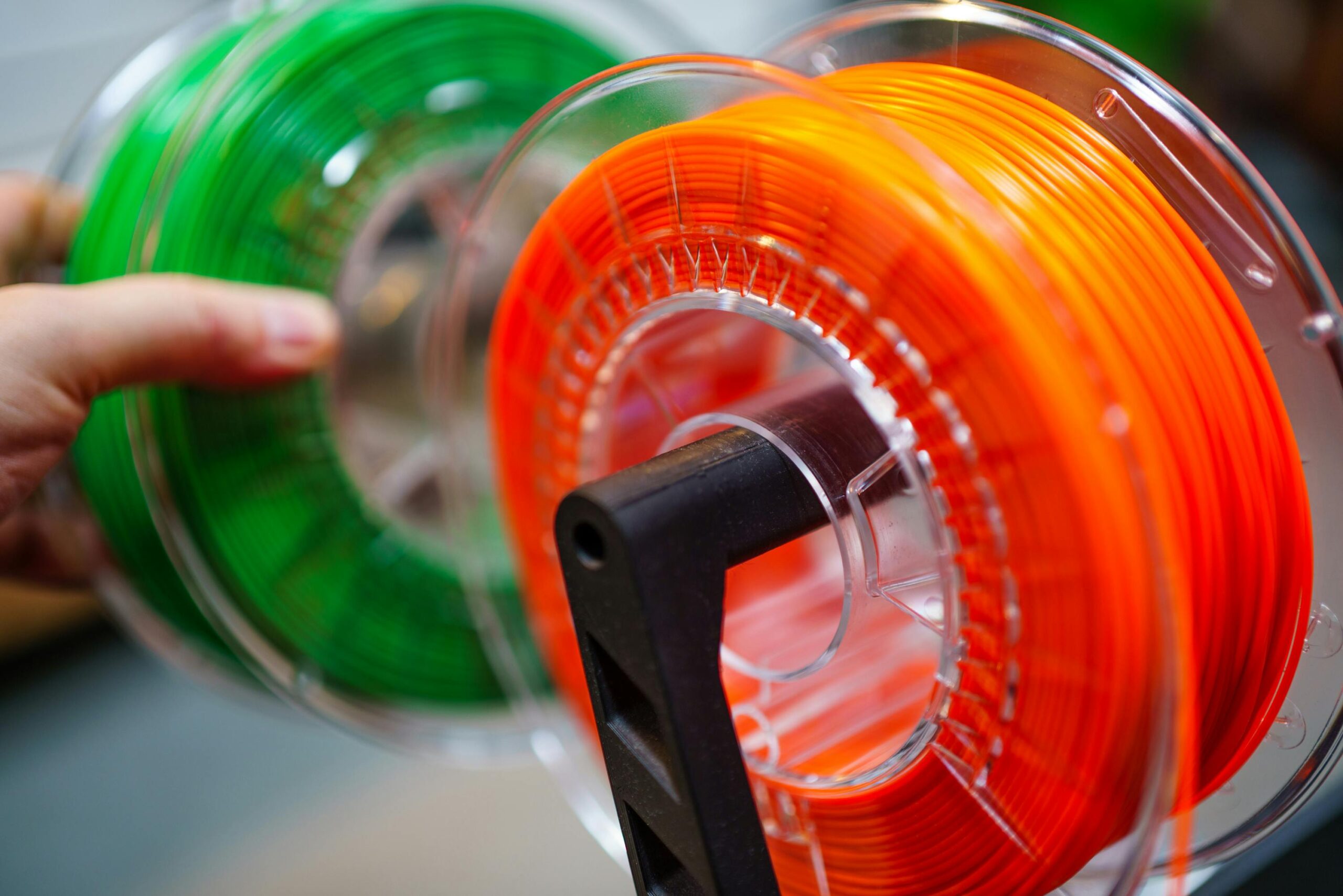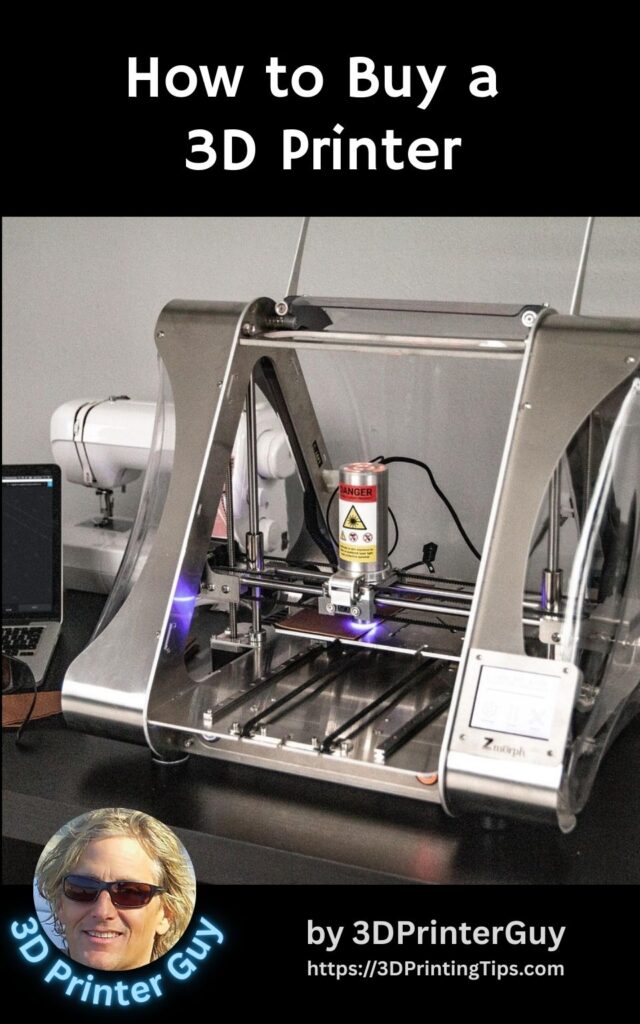ABS Filament for Functional Parts: A Comprehensive Guide

Everything you need to know about ABS filament for functional parts.
Table of Contents:
- 1. Introduction to ABS Filament
- 2. Key Properties That Make ABS Ideal for Functional Parts
- 3. Best Practices for Printing Functional Parts with ABS
- 4. Practical Applications of ABS in Functional 3D Printing
- 5. Conclusion & Next Steps
1. Introduction to ABS Filament
What is ABS?
Acrylonitrile Butadiene Styrene (ABS) is one of the most widely used thermoplastics in 3D printing filaments, especially when you want to use ABS filament for functional parts. Known for its durability, impact resistance, and versatility, ABS is commonly found in automotive parts, electronic enclosures, and consumer goods. Unlike more brittle filaments such as PLA, ABS provides greater toughness and temperature resistance, making it a preferred material for functional and mechanical applications.
Why Choose ABS Over Other Filaments?
When choosing a filament for functional parts, it’s important to understand the strengths and weaknesses of different materials. Compared to PLA, which is easy to print but lacks heat resistance and durability, ABS excels in situations where toughness is required. PETG, another competitor, offers similar durability but lacks ABS’s ability to be chemically smoothed with acetone for a polished finish.
Here’s a quick comparison of ABS with common alternatives:
| Filament | Strength | Heat Resistance | Ease of Printing | Post-Processing |
|---|---|---|---|---|
| ABS | High | Up to 100°C | Moderate (requires an enclosure) | Acetone smoothing |
| PLA | Moderate | Up to 60°C | Very easy | Minimal options |
| PETG | High | Up to 80°C | Easier than ABS | Some heat smoothing possible |
Understanding the trade-offs between ABS and other filaments helps users make informed decisions based on the requirements of their functional parts.
Common Uses for ABS filament for functional parts
ABS is a staple material in various industries due to its durability and machinability. Some common applications include:
- Automotive components: Used in dashboards, trims, and clips due to its impact resistance.
- Consumer electronics: ABS is the material behind laptop shells, phone cases, and appliance housings.
- Functional prototypes: Engineers and designers rely on ABS to create strong, test-ready prototypes.
- Mechanical parts: Gears, brackets, and hinges benefit from ABS’s strength and wear resistance.
Challenges of Printing with ABS filament for functional parts
Despite its advantages, printing with ABS requires careful handling due to its tendency to warp and emit fumes. Proper bed adhesion techniques, temperature control, and an enclosed printer are necessary to achieve successful prints. Additionally, ABS can be prone to layer separation if the settings aren’t optimized.
With this foundational knowledge in place, let’s move on to the key material properties that make ABS ideal for functional parts.
Back to Top2. Key Properties That Make ABS Ideal for Functional Parts
Mechanical Strength and Impact Resistance
One of ABS’s standout characteristics is its toughness. Unlike PLA, which tends to be brittle under stress, ABS offers excellent impact resistance, making it suitable for mechanical parts that endure repeated use. This durability is why ABS is commonly used in automotive components, tool handles, and structural elements.
ABS also exhibits superior layer adhesion compared to some other filaments, leading to strong prints that can withstand mechanical loads. However, achieving the best strength requires optimal printing settings, which we’ll discuss in the next section.
Heat Resistance and Temperature Tolerance
A major advantage of ABS filament for functional parts over PLA is its ability to withstand higher temperatures. ABS parts can endure up to 100°C before softening, compared to PLA’s much lower 60°C threshold. This makes ABS a go-to choice for environments with heat exposure, such as:
- Automotive interiors (dashboard clips, brackets)
- Mechanical enclosures (motor housings, casings)
- Kitchen appliances (custom hooks, fixtures)
Additionally, ABS is less susceptible to deformation under moderate heat, ensuring longevity in functional applications.
Flexibility vs. Brittleness
While ABS is rigid enough for structural integrity, it also has a degree of flexibility that prevents it from snapping under stress. PLA, by contrast, tends to shatter upon impact. This flexibility allows ABS to be used for parts that experience bending forces, such as hinges, clips, and snap-fit components.
To enhance ABS’s strength, adjusting infill percentage and shell thickness during printing can significantly impact durability. For instance, a higher infill (50%–100%) produces stronger parts, while reinforcing the outer walls with 3–5 perimeters ensures better structural integrity.
Chemical Resistance and Post-Processing Options
ABS has a unique advantage in its ability to withstand exposure to certain chemicals. It’s resistant to oils, greases, and some solvents, making it an excellent choice for applications where chemical exposure is a concern.
Additionally, ABS can be chemically smoothed with acetone, producing a glossy, professional-looking finish. This smoothing process helps eliminate layer lines and creates aesthetically pleasing parts, particularly useful for:
- Enclosures and casings
- Prototypes that require a polished appearance
- Wear-resistant mechanical parts
3. Best Practices for Printing Functional Parts with ABS
Bed Adhesion and Warping Prevention
One of the biggest challenges when printing ABS is warping, where the edges of the print lift off the bed due to uneven cooling. Since ABS shrinks slightly as it cools, proper adhesion techniques are essential to ensure print stability. Here are some best practices:
- Use a heated bed: Set the bed temperature between 90–110°C to keep the first layers warm, reducing shrinkage.
- Apply adhesion aids: Use ABS slurry, glue stick, or PEI sheet to improve bed grip.
- Consider brims or rafts: Adding a brim (5–10mm) or raft helps prevent warping, especially for large parts.
To further minimize warping, an enclosure helps regulate temperatures, keeping the print area stable and reducing drafts.
Optimal Print Settings for ABS
Fine-tuning your printer settings is crucial for achieving strong, warp-free prints. Consider the following parameters:
- Nozzle Temperature: 230–260°C (higher temperatures help layer bonding)
- Print Speed: 40–60 mm/s (slower speeds improve adhesion)
- Cooling Fan: Low or off (ABS prints better without sudden cooling)
- Infill Density: 30–100%, depending on the functional strength required
Adjusting layer height based on your needs also plays a role—0.2mm works well for strength, while 0.1mm provides finer details.
Enclosure and Fume Control
Because ABS emits fumes during printing, a fully enclosed printer is strongly recommended. Enclosures help:
- Retain consistent temperature, preventing warping.
- Reduce fumes, especially if equipped with a carbon or HEPA filter.
- Improve layer bonding, ensuring functional parts are durable.
If an enclosure isn’t available, a ventilated workspace helps minimize exposure to ABS fumes.
Layer Bonding and Strength Reinforcement
The strength of ABS prints largely depends on proper layer adhesion. Poor adhesion can cause parts to delaminate under stress. Here’s how to reinforce strength:
- Increase wall count (3–5 perimeter walls provide stronger outer layers).
- Use higher infill percentages for structural integrity.
- Optimize extrusion width (slightly widening the extrusion can improve layer fusion).
Additionally, post-processing techniques like acetone vapor smoothing not only enhance aesthetics but can also strengthen layers by chemically bonding them.
Back to Top4. Practical Applications of ABS in Functional 3D Printing
Automotive Components
ABS is widely used in the automotive industry due to its durability and heat resistance. 3D printing allows enthusiasts and professionals to create custom clips, brackets, and mounts that are tough enough to withstand engine vibrations and temperature fluctuations. Some common ABS-printed car parts include:
- Dashboard components (trim pieces, custom mounts)
- Interior clips and fasteners (replacements for broken OEM parts)
- Custom brackets (for mounting accessories like phone holders or cameras)
With proper design and printing techniques, ABS parts can be reinforced to handle mechanical stress and environmental exposure.
Mechanical Parts and Gears
ABS is a go-to filament for functional mechanical parts due to its strength and flexibility. It can handle repeated movement and moderate loads, making it useful for:
- Gears and pulleys (ideal for low- to mid-load systems)
- Hinges and joints (providing smooth movement without snapping)
- Wear-resistant components (such as bushings and rollers)
To maximize ABS’s mechanical properties, printing with high infill (50–100%) and optimizing layer adhesion ensures better performance for parts subject to repeated motion.
Prototyping Durable Models
ABS is a staple for engineering and product design prototyping. Its ability to be machined, sanded, and acetone-smoothed makes it an excellent choice for test models that require both durability and aesthetic refinement. Some key benefits include:
- Real-world stress testing before mass production
- Easy modifications and reprints without relying on costly injection molding
- Professional-quality finishes with acetone vapor smoothing
For businesses developing hardware products, ABS provides a cost-effective way to iterate designs before finalizing manufacturing plans.
Custom Enclosures for Electronics
Many electronics enclosures require heat resistance and structural integrity, making ABS a prime choice. Whether designing a weatherproof case for marine environments or custom housings for embedded systems, ABS provides:
- Strong protection against impacts (ideal for rugged electronics)
- Heat tolerance for components under load (helps prevent warping or failure)
- Options for chemical resistance (especially useful for industrial enclosures)
By incorporating threaded inserts or designing snap-fit connections, ABS enclosures can be adapted for high-function applications, offering long-lasting usability.
Back to Top5. Conclusion: Why ABS Filament is the Go-To Choice for Functional Parts
ABS remains one of the best filaments for creating strong, heat-resistant, and impact-durable functional parts. Whether you’re printing automotive clips, mechanical gears, or rugged enclosures, ABS offers a balance of strength, flexibility, and post-processing versatility that makes it stand out. While it does require careful printing techniques—such as warping prevention and an enclosed environment—mastering ABS opens the door to high-performance, long-lasting prints that go beyond simple prototypes.
Next Steps: Optimize Your ABS Printing Skills
If you’re looking to get better results with ABS, here are some next steps you can take:
- Fine-tune your print settings: Experiment with temperature, speed, and cooling fan adjustments to maximize strength.
- Invest in an enclosure: Controlling your print environment reduces warping and ensures solid layer adhesion.
- Try acetone smoothing: If aesthetics matter, use acetone vapor to achieve a sleek, professional finish.
- Test different infill percentages: For mechanical parts, increasing infill strength and perimeter walls makes a difference.
- Explore ABS applications: Whether it’s custom electronics enclosures or automotive parts, find ways to leverage ABS for your projects.

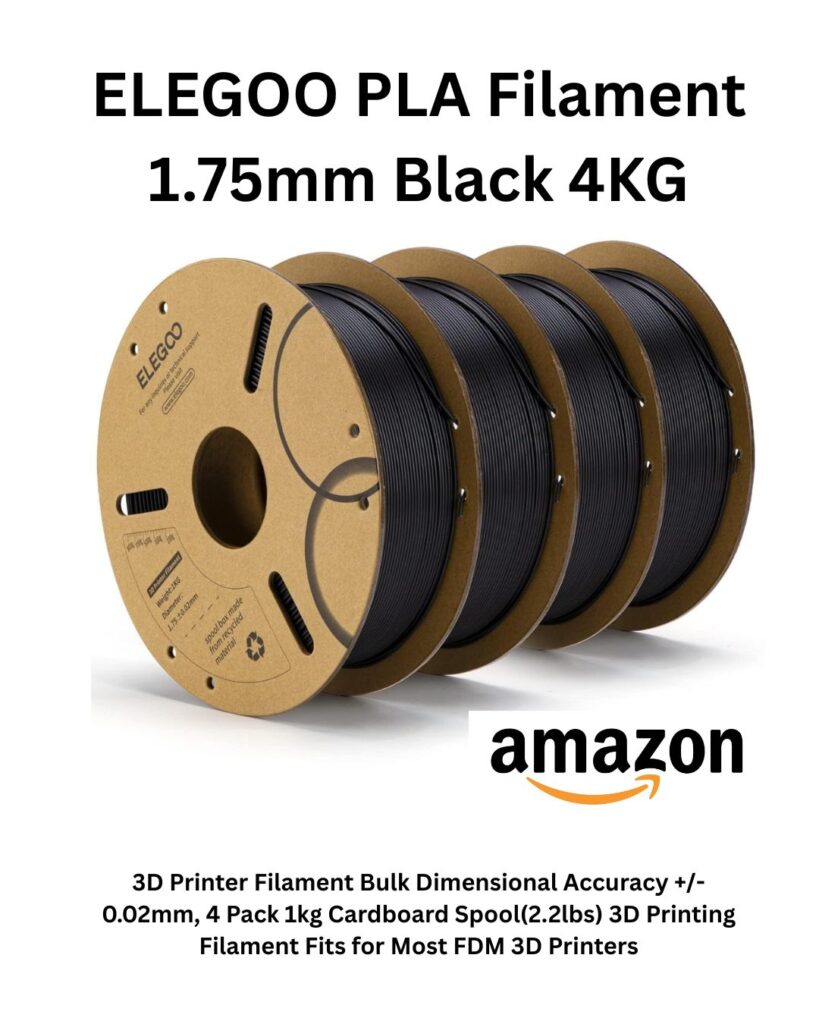
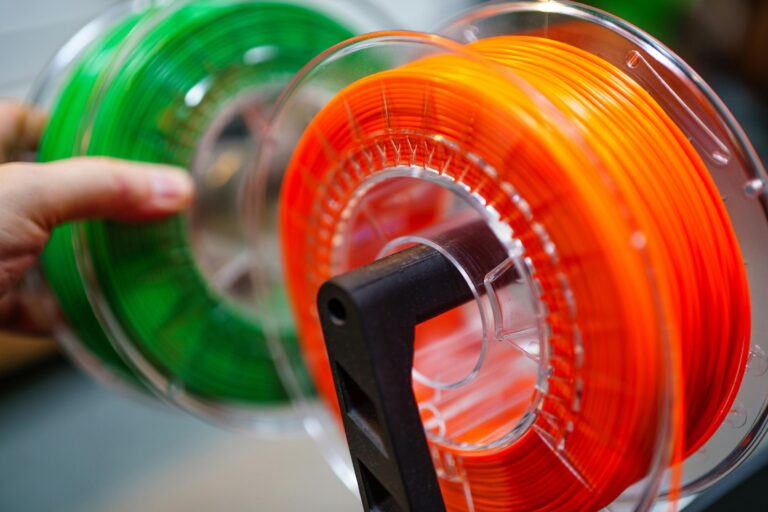
ABS Filament for Industrial Applications: Strength, Durability, and Versatility in Manufacturing
Using ABS filament for industrial applications is just right. Learn why. . .
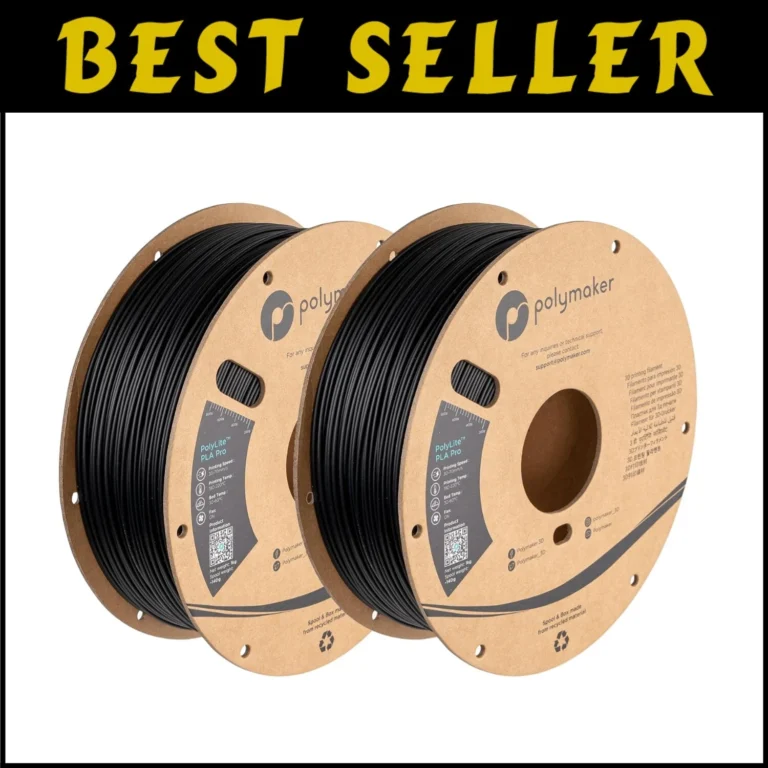
High-Strength PLA Filament for Functional Parts: Is It a Game Changer?
For years, PLA has been the beginner’s filament—easy to print, decent-looking, but far from what you’d call “high strength.”
PETG Filament for Durable 3D Prints: A Comprehensive Guide
PETG combines strength, flexibility, and environmental durability, making it a top filament for functional parts.

